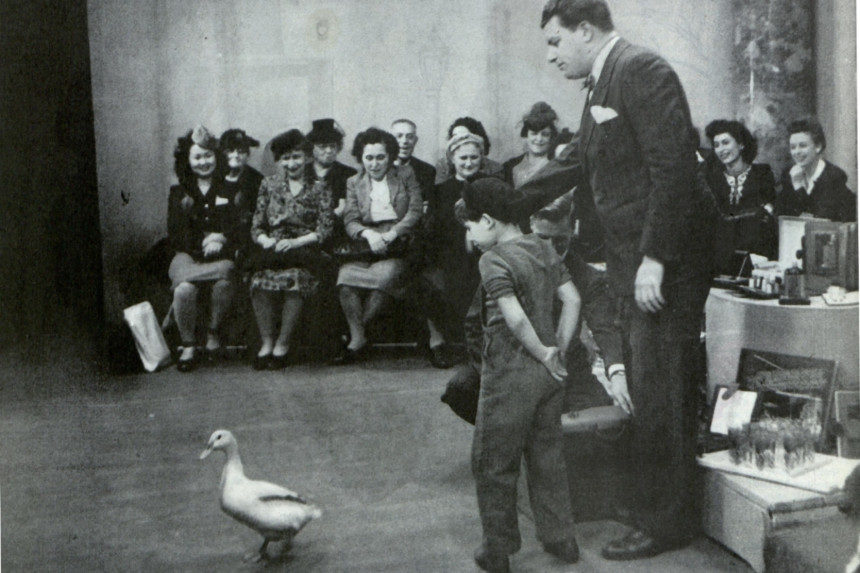People have raised moral concerns over entertainment from the time of Shakespeare — people complained about the base and crude nature of his plays — to the 1980s, when conservative movements lumped heavy metal music, Dungeons & Dragons, and a spate of (later debunked) books about growing up in devil-worshiping cults into the broader “Satanic Panic.”
In 1946, the first moral panics about television were already starting to form. In the second part of Alva Johnson’s three-part “Television: Boom or Bubble?” series, questions were being raised about suitable language and attire. There was also the male game-show contestant who drew hundreds of complaint letters for removing his suit jacket and shirt under hot studio lights. And don’t get them started on bathing suits. At the time, there was even some suggestion that everything on TV had be fine for the youngest potential viewer (which would, of course, disallowed many of the great dramas and comedies to follow). You can read the original story below (and Part One here).

Featured image: Harry Saltzman / SEPS
Become a Saturday Evening Post member and enjoy unlimited access. Subscribe now



